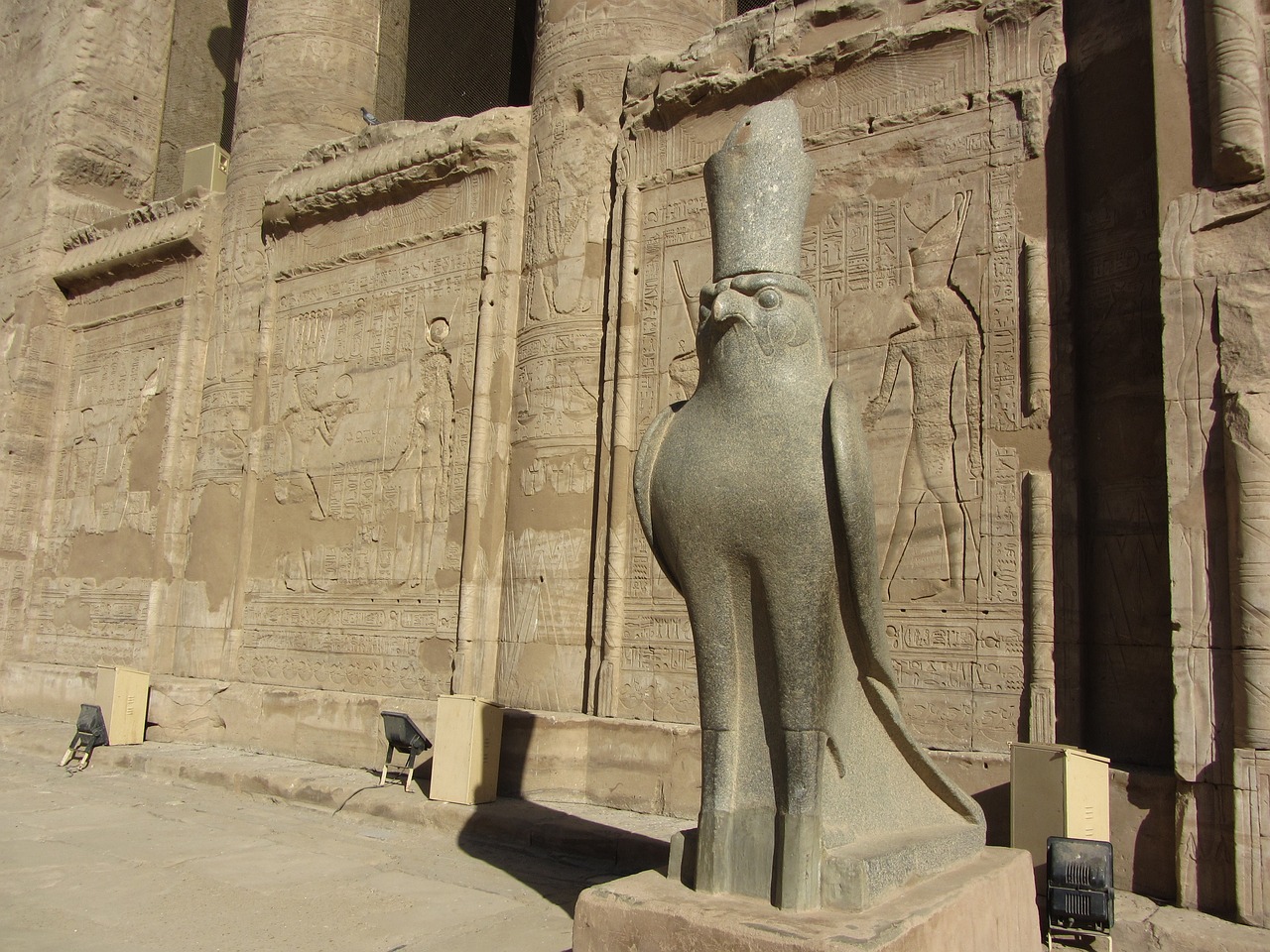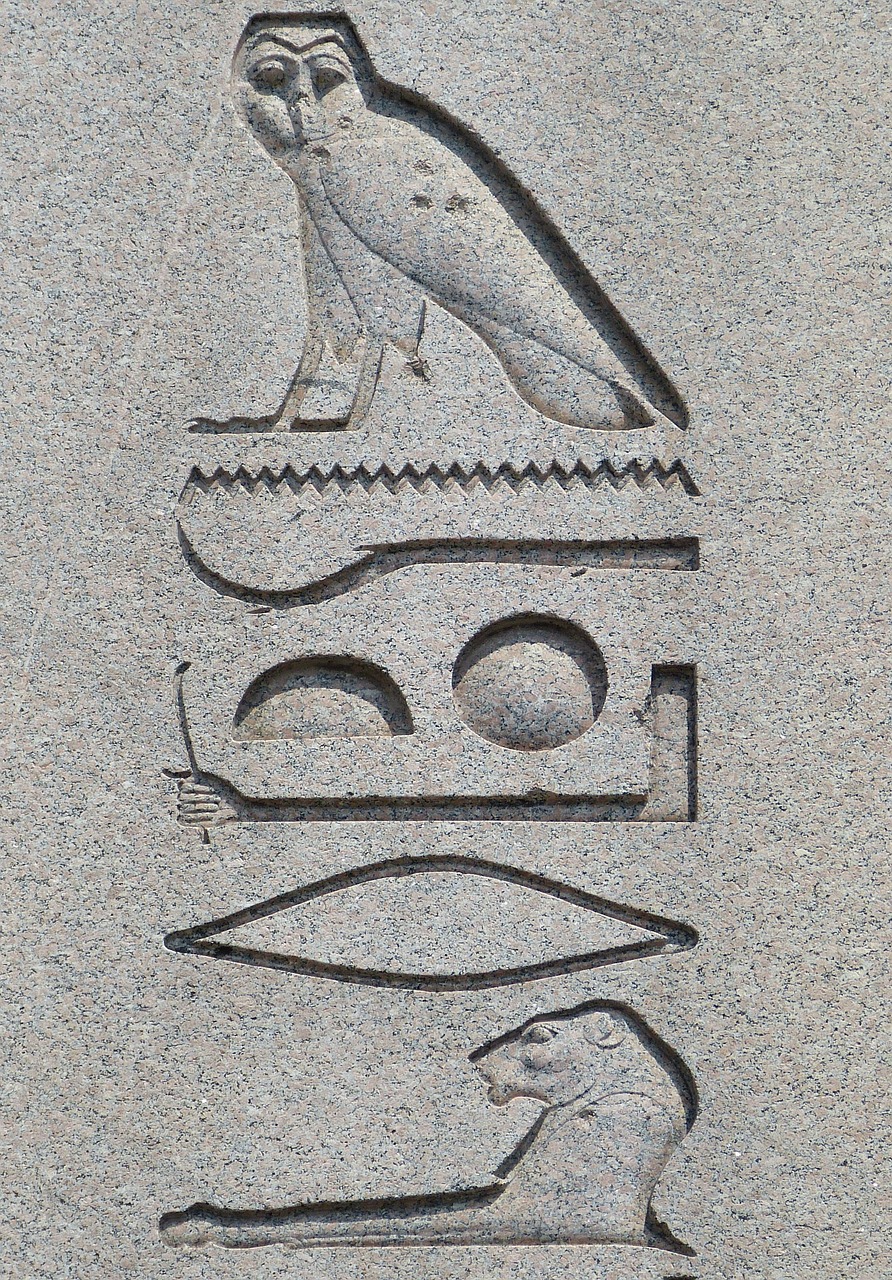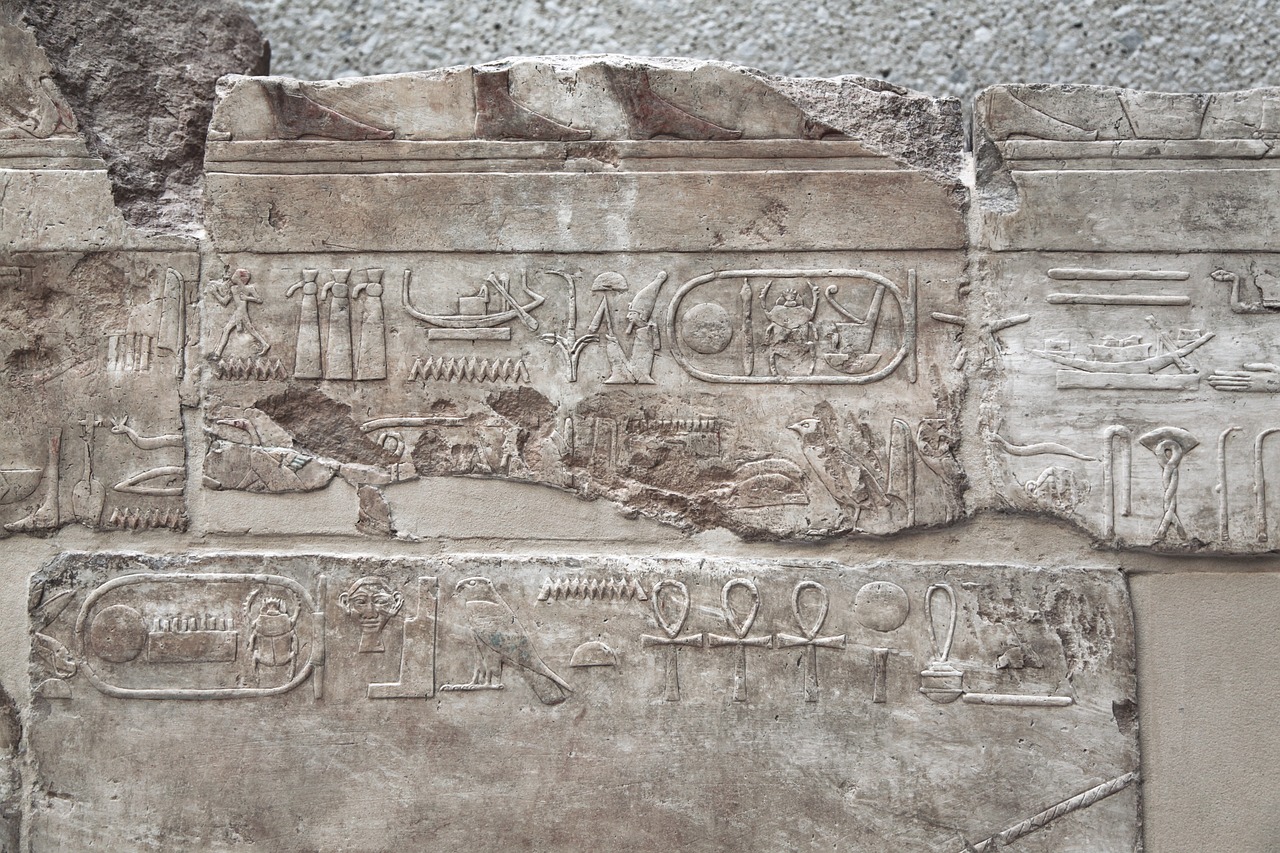-

In a small town in Maine infused with fairy tale charm, a young woman burdened by her past seeks refuge. In another realm of magic, the Madrigal family resides in a mystical house known as the Encanto, where every child is gifted—except for the overlooked Mirabel. Zeus and Hera’s son, deprived of his immortality as…
-

In ancient Greek religious belief, Hades, often referred to as “the Unseen,” is recognized as the deity of the underworld. As a son of the Titans Cronus and Rhea, he is also the brother to prominent figures such as Zeus, Poseidon, Demeter, Hera, and Hestia. This realm known as the underworld, depicted in art as…
-

Discordia: The Goddess of Strife Introduction Discordia, or Eris as she is known in Greek mythology, represents the Roman goddess embodying discord and strife. She epitomizes chaos and conflict, symbolizing the disruptive nature of human interactions. Often depicted as a catalyst for unrest, Discordia signifies the ancient Roman acknowledgment of conflict’s inevitability and its deep-rooted…
-

Scarab beetles, particularly known as Scarabaeus sacer, hold a significant place in the cultural and religious landscape of ancient Egypt. Their intriguing behavior of rolling dung balls for egg placement was seen as a profound representation of life, death, and resurrection. Within the framework of ancient Egyptian mythology, the scarab beetle is closely linked to…
-

Understanding Horus: The Ancient Egyptian Sky God Horus, a prominent figure in ancient Egyptian mythology, represents two significant deities: Horus the Elder and Horus the Younger. Horus the Elder is noted as a primordial god, while Horus the Younger is famously recognized as the son of Osiris and Isis. Historian Jimmy Dunn characterizes Horus as…
-
Understanding Bellona: The Roman Goddess of War Before the establishment of Christianity as the leading faith in the Roman Empire during the mid-4th century, Roman society was marked by polytheism, where a multitude of gods were venerated, accompanied by various festivals and sacrificial rites held throughout the year. This belief system prioritized the veneration of…
-

Overview of Sun Wukong: The Monkey King in Chinese Mythology Introduction Sun Wukong, often referred to as the Monkey King, stands as a prominent trickster figure in Chinese mythology and literature, specifically within Wu Cheng’en’s epic tale Journey to the West. This legendary character possesses extraordinary strength, along with the magical capability to morph into…
-

Overview A prominent figure in the Egyptian pantheon, Geb was revered as the god of the earth, associated with elements such as snakes, earthquakes, and the afterlife. As the third sovereign of Egypt after Ra and Shu, Geb’s significance in matters of kingship and royal authority was profound. Artistic representations, such as a relief fragment…
-

Wadjet, also referred to as Wadjyt, Uto, and Buto, stands as one of the most ancient deities in Egyptian mythology. Her veneration can be traced back to the Predynastic Period, with her role evolving over the centuries. Initially the local goddess of Per-Wadjet (Buto), she later emerged as the patron goddess of Lower Egypt. By…
-
In the ancient Egyptian pantheon, the goddess Heqet was revered as a potent embodiment of fertility and childbirth. Her influence stretched from the Old Kingdom through to the Ptolemaic period, owing to her vital roles in fertility, agriculture, and funerary rites. Notably popular among women, Heqet was often called upon for safeguarding during pregnancy. Investigating…


